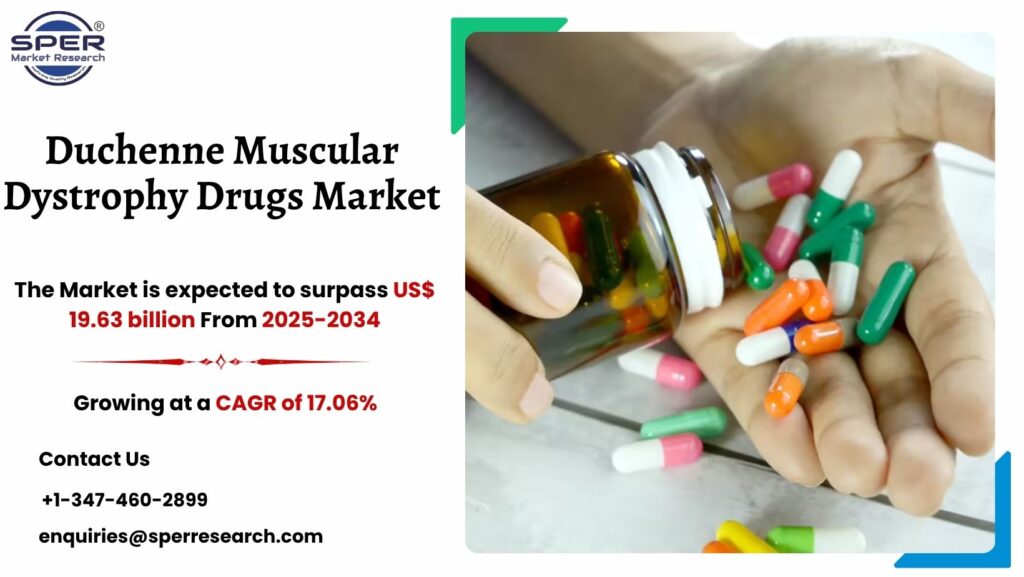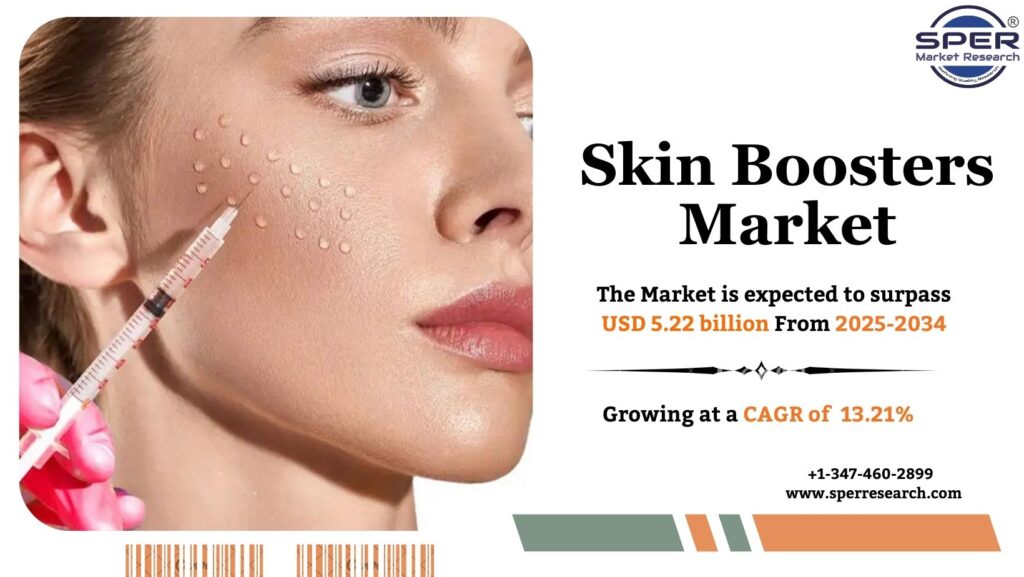Artificial Intelligence (AI) in animal health involves using advanced algorithms and machine learning to enhance veterinary care, improve livestock management, and promote animal well-being. AI analyzes large datasets to help diagnose diseases, predict health issues, customize treatments, and streamline veterinary workflows. In clinics, AI tools improve diagnostic imaging, monitor animals’ vital signs and behavior through wearable devices, and support quick, informed decisions. In livestock farming, AI enables precise monitoring of health and productivity, optimizes feeding, and detects diseases early. Overall, AI is revolutionizing animal healthcare by boosting accuracy, efficiency, and proactive treatment.
According to SPER market research, ‘Global Artificial Intelligence In Animal Health Market Size- By Solution, By Application, By Animal – Regional Outlook, Competitive Strategies and Segment Forecast to 2034’ state that the Global Artificial Intelligence In Animal Health Market is predicted to reach 11.83 Billion by 2034 with a CAGR 22.38%.
Drivers:
The veterinary AI market is driven by rapid adoption across multiple areas, growing education among professionals, and innovative new applications. AI is revolutionizing drug development, diagnostics, animal monitoring, and workflow efficiency. In pharmacology, it speeds up drug discovery, personalizes treatments, and improves drug safety monitoring. Veterinary diagnostics are enhanced by AI tools that increase imaging accuracy and accelerate results, like Mars Inc.’s AIS RapidRead. Successful AI integration relies on collaboration among experts, robust data, and proper training for users. These factors collectively boost animal health outcomes and transform veterinary care delivery.
For Detailed Analysis in PDF Format, Here- https://www.sperresearch.com/report-store/artificial-intelligence-in-animal-health-market?sample=1
Restraints:
The adoption of Artificial Intelligence (AI) in the animal health market faces several challenges that can hinder its widespread implementation. One major issue is the lack of comprehensive and high-quality data, which is essential for training accurate and reliable AI models. Data privacy concerns and regulatory complexities also pose obstacles, as handling sensitive animal health information requires strict compliance. Additionally, the high cost of AI technologies and limited awareness or expertise among veterinary professionals can slow adoption. Integration with existing systems and ensuring user trust in AI-driven decisions remain critical challenges. Overcoming these barriers is essential for maximizing AI’s potential in animal healthcare.
For More Information, refer to below link: –
Artificial Intelligence In Animal Health Market Share
North America leads the high-level disinfection services market, driven by an aging population, rising chronic diseases, and key industry players, and is expected to maintain its dominance. Some significant market players are AI Superior GmbH, Covetrus, Idexx Laboratories, ImpriMed, Inc., LifeLearn Inc.
Related Reports:
Follow Us –
LinkedIn | Instagram | Facebook | Twitter
Contact Us:
Sara Lopes, Business Consultant — USA
SPER Market Research
enquiries@sperresearch.com
+1–347–460–2899









